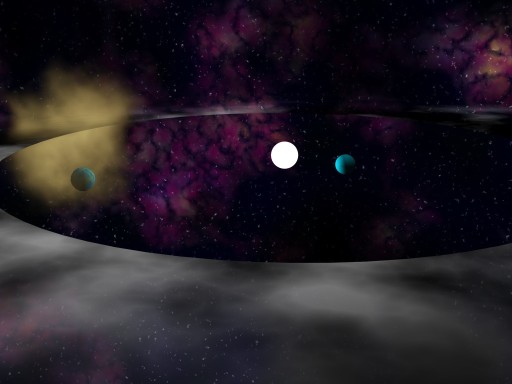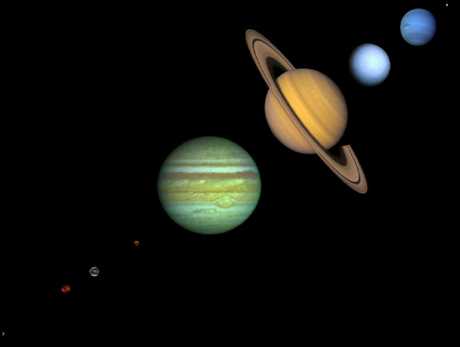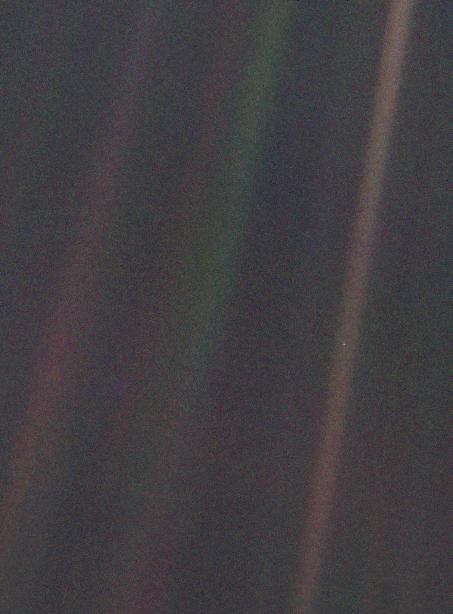
Click here for a movie, showing the formation of planets out of a dust cloud.
Our previous models of planet formation, which could successfully reproduce our solar system, were thrown into chaos by the discovery of extrasolar planets. Particularly problematic are the many "hot Jupiters", which are large gas giants orbiting very close to the sun. Current ideas for planet formation include gravitational collapse (like in stars) or accretion.

Planet formation is probably quite complex, as many planets form at the same time, and compete for the raw material of planet formation, the left-over dust and gas.

The result of planet formation in our solar is a huge variety of sizes, colors, and composition. The planets are shown here at roughly the same scale.

We still know very little about planet formation even within our own Solar System. The above is the discovery image for a new member of our solar system. Named Sedna, it is nearly as large as Pluto, but much more distant from the Sun. How far out in the protoplanetary disk can a planet or other large body form? We have to keep looking.

The net result of all this star and planet formation? Among other things, our home, the Earth, seen here in a picture taken by the Voyager I Spacecraft in 1990 at a distance of about 4 billion miles from Earth. The Earth shows up as the tiny white dot in the right-most of the light rays which resulted from taking a picture so close to the sun.
COMPLETE Web Master: Sarah Block • COMPLETE PI: Alyssa Goodman
Center For Astrophysics Home Page
Document URL: lweb.cfa.harvard.edu/COMPLETE/learn/planets/planets.html
Last Modified: Monday, 30-Aug-2004 14:43:00 EDT